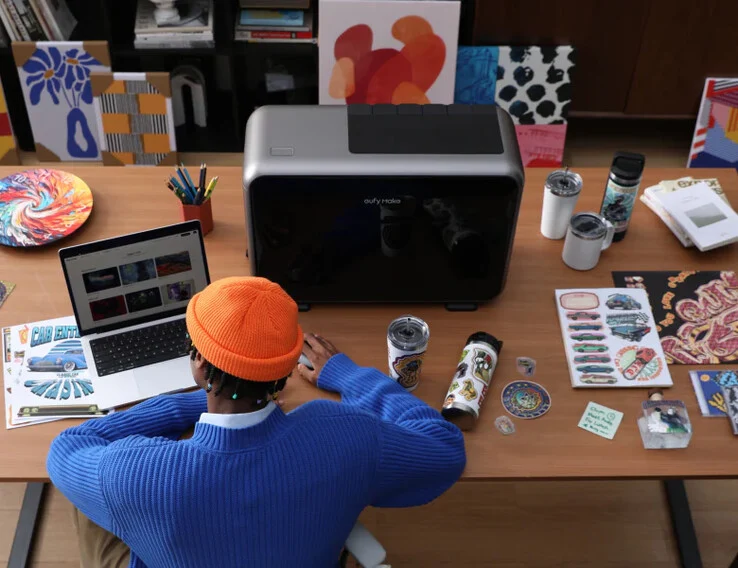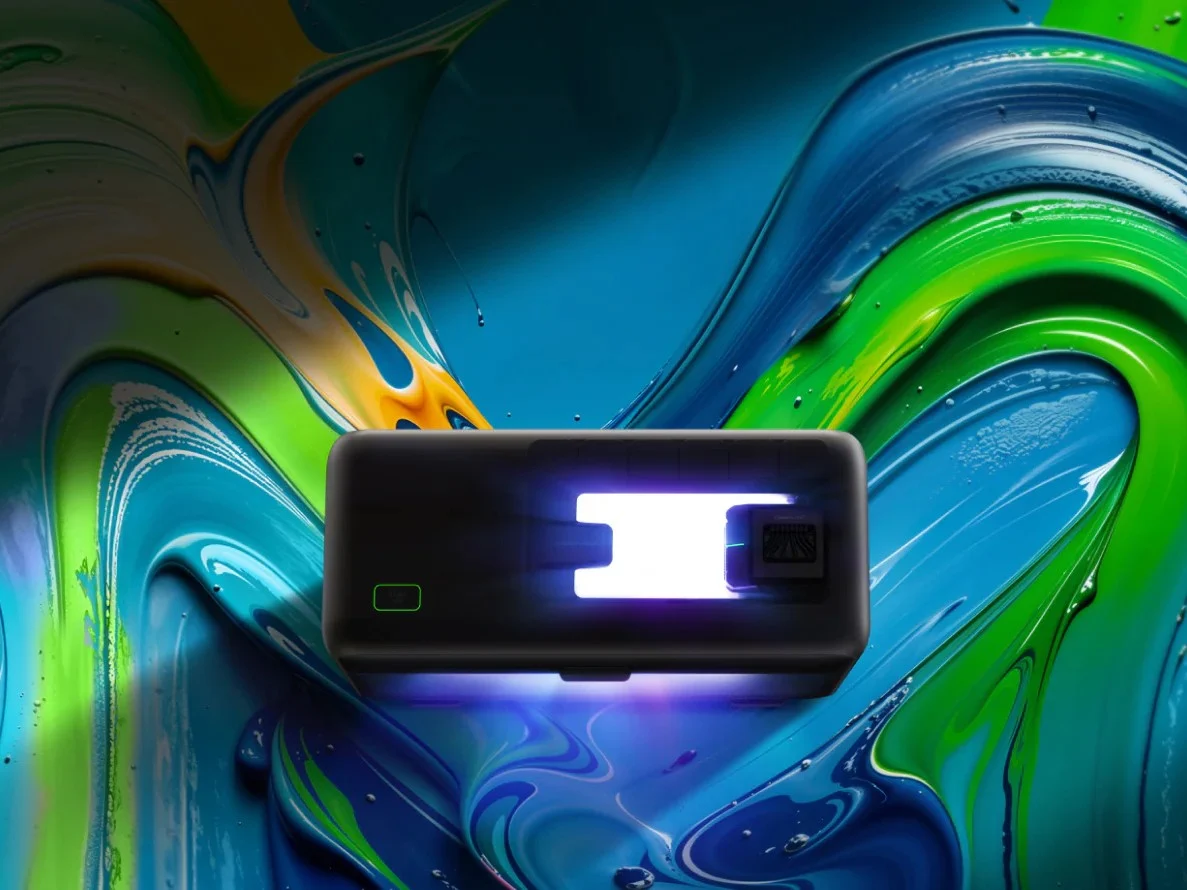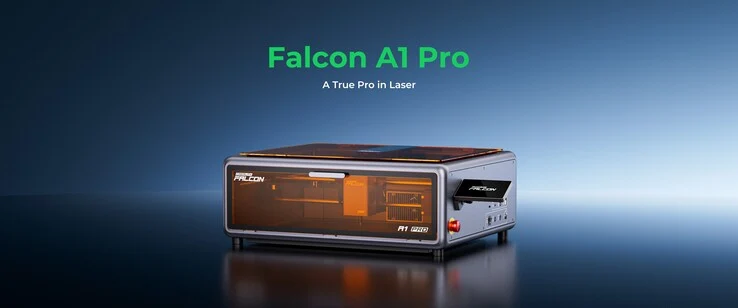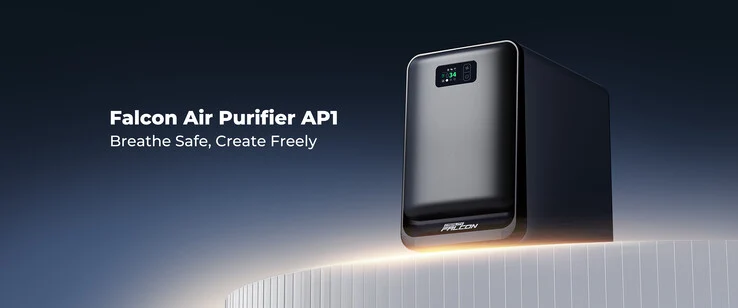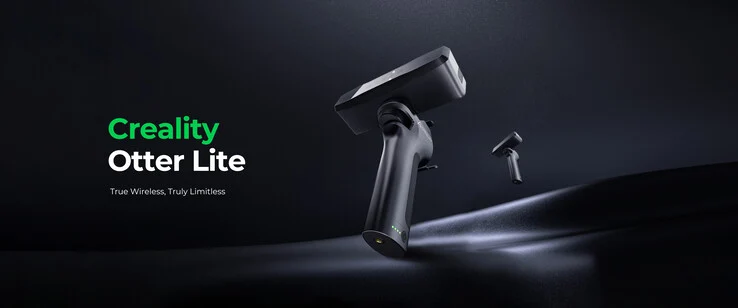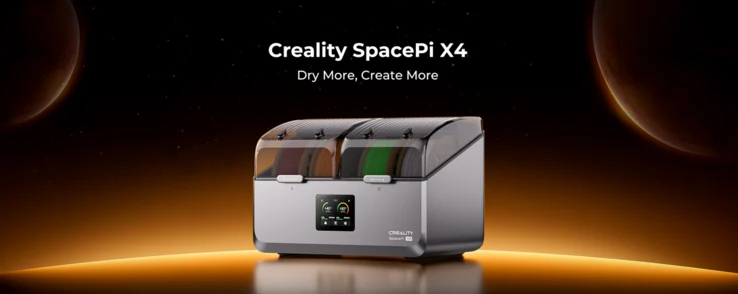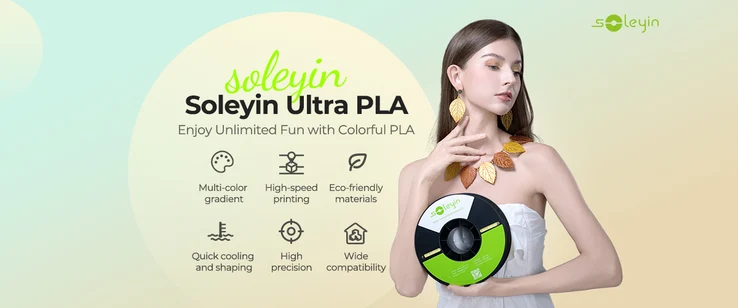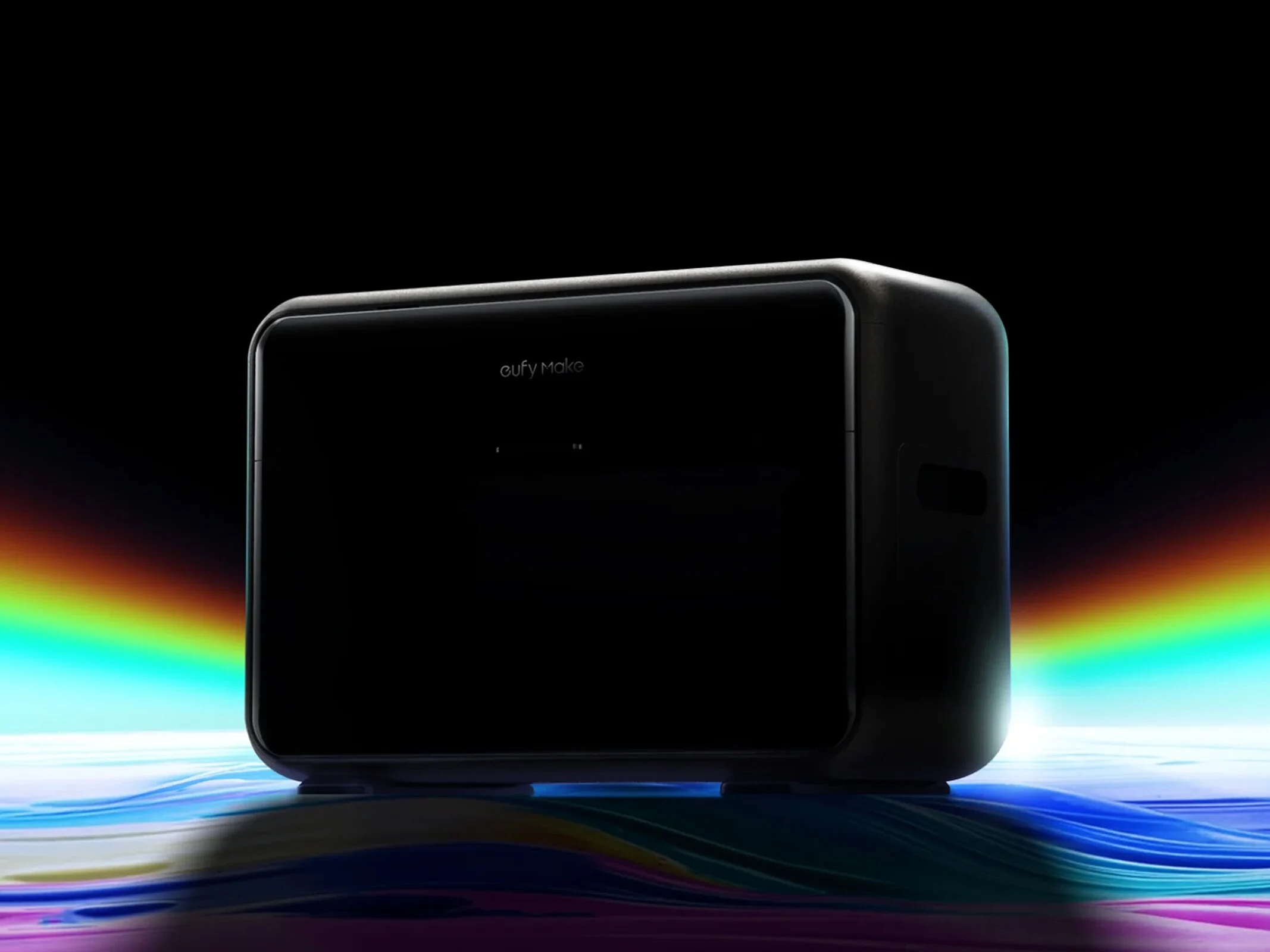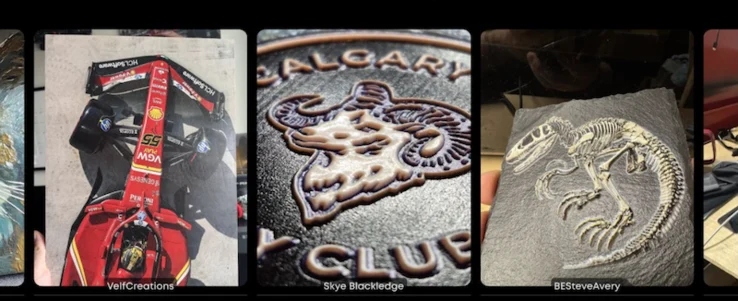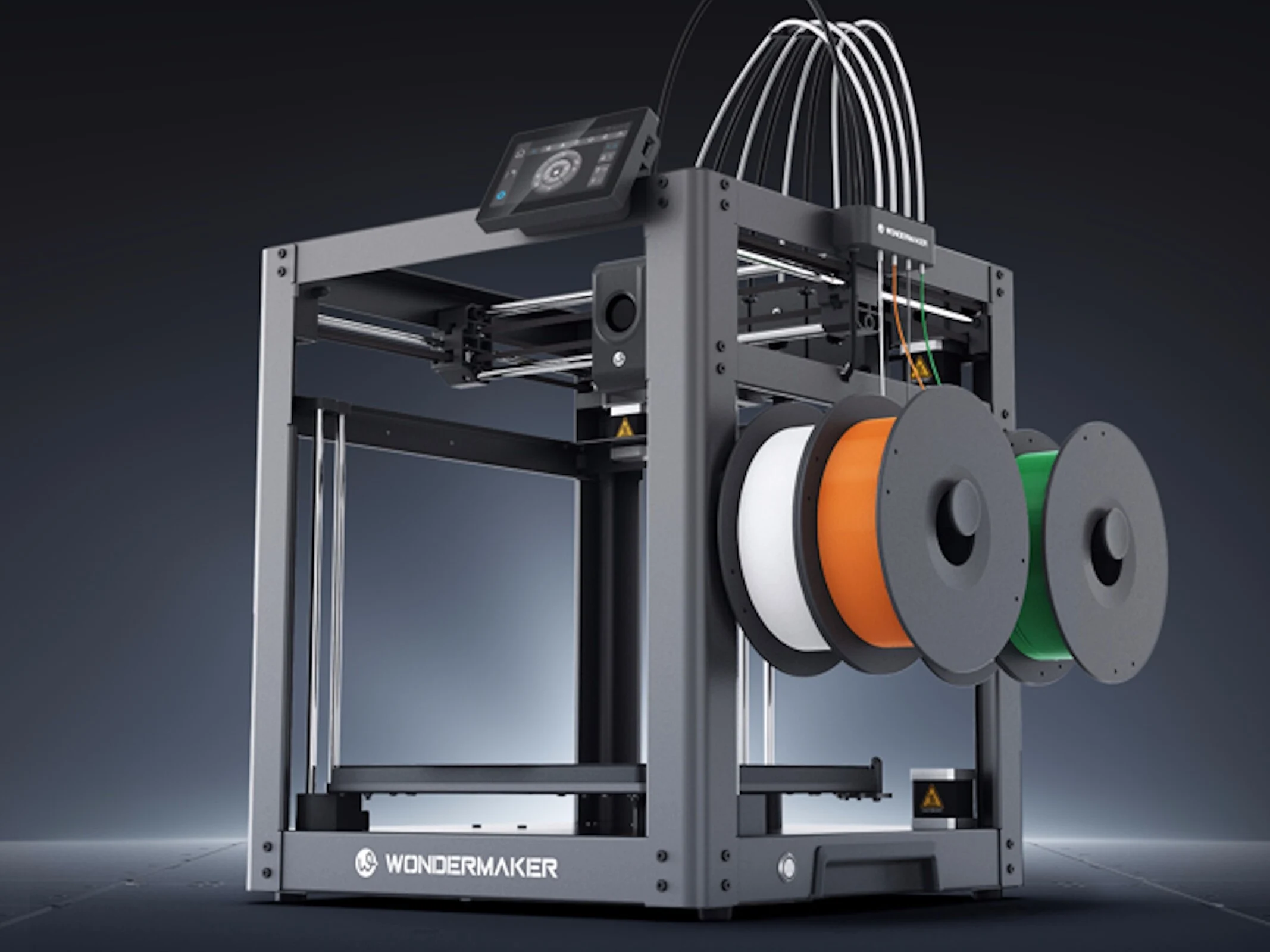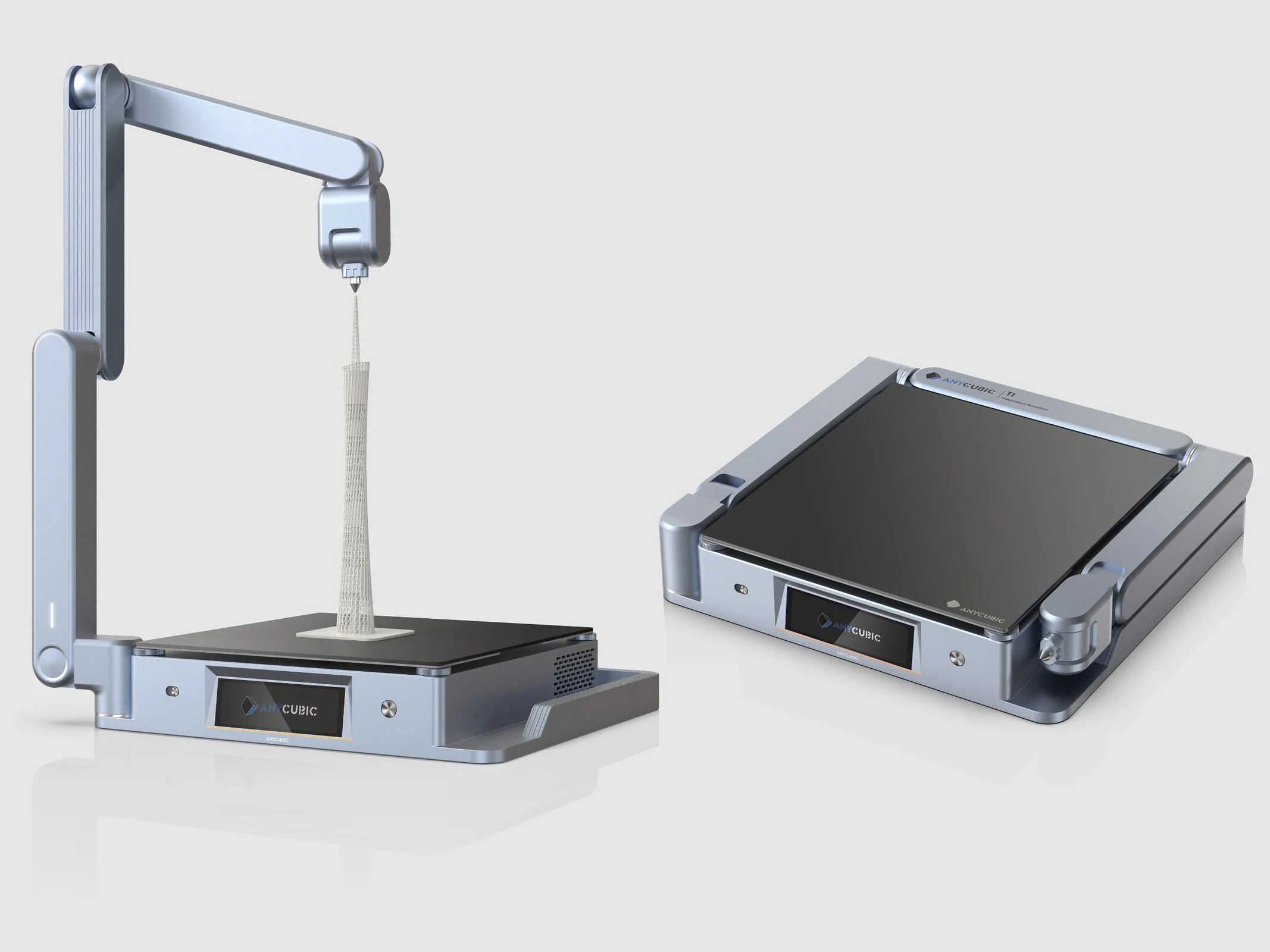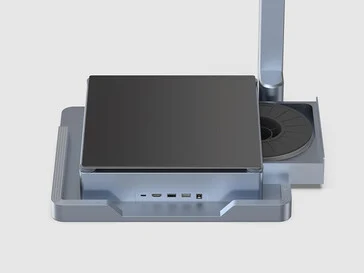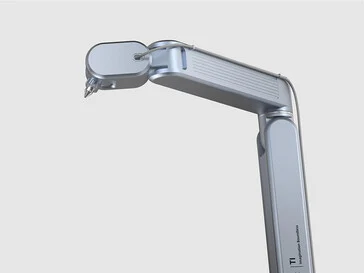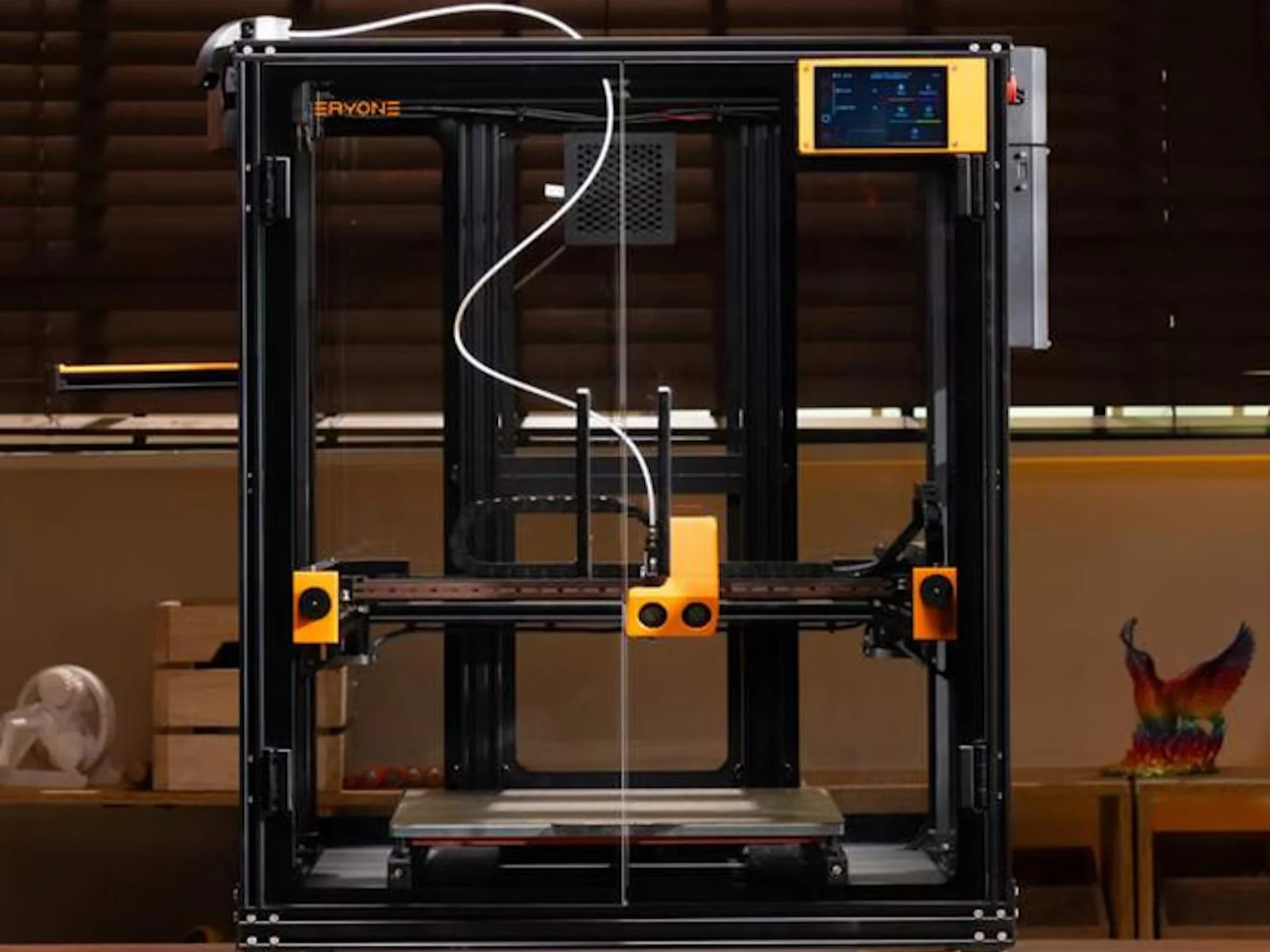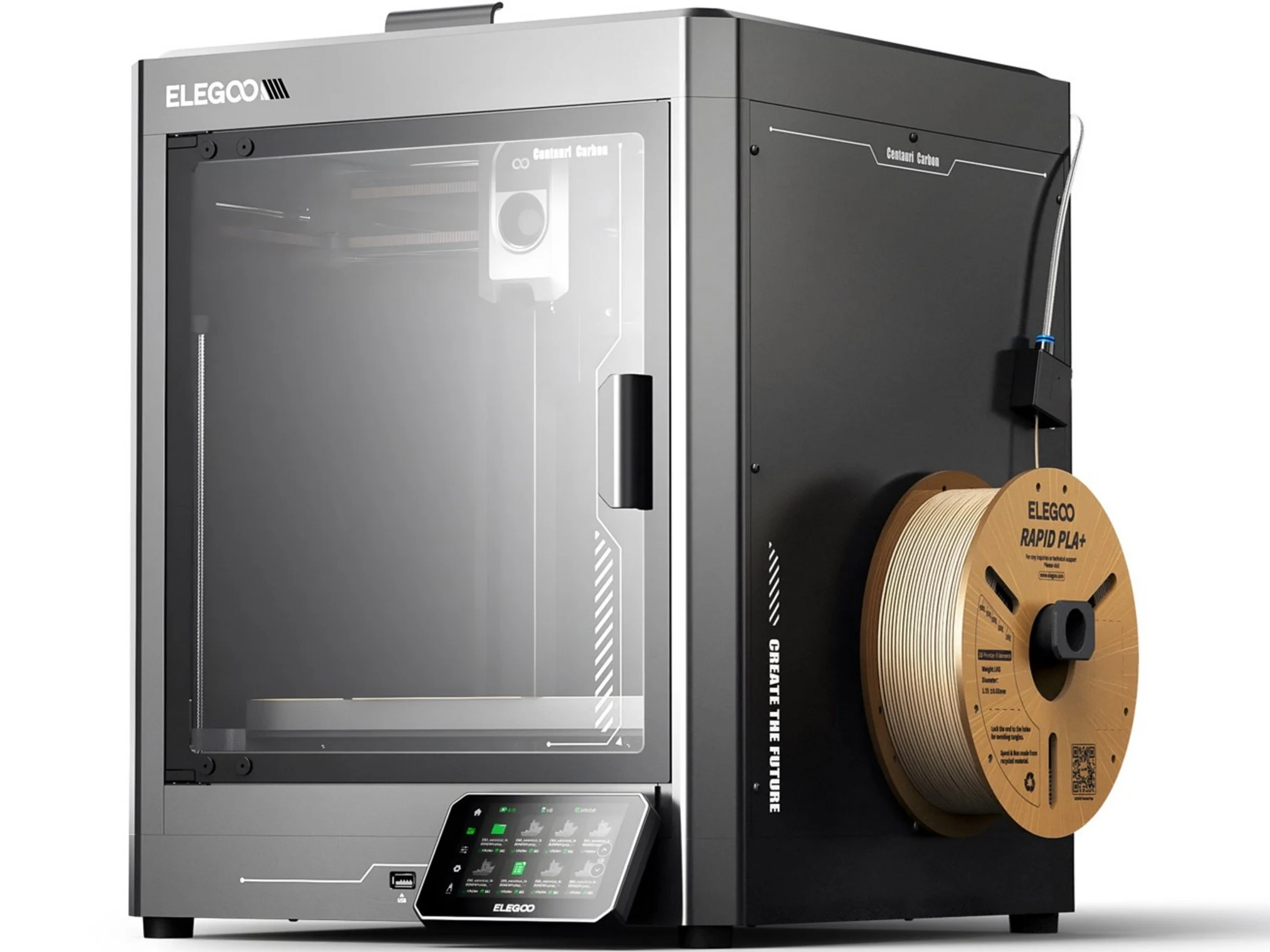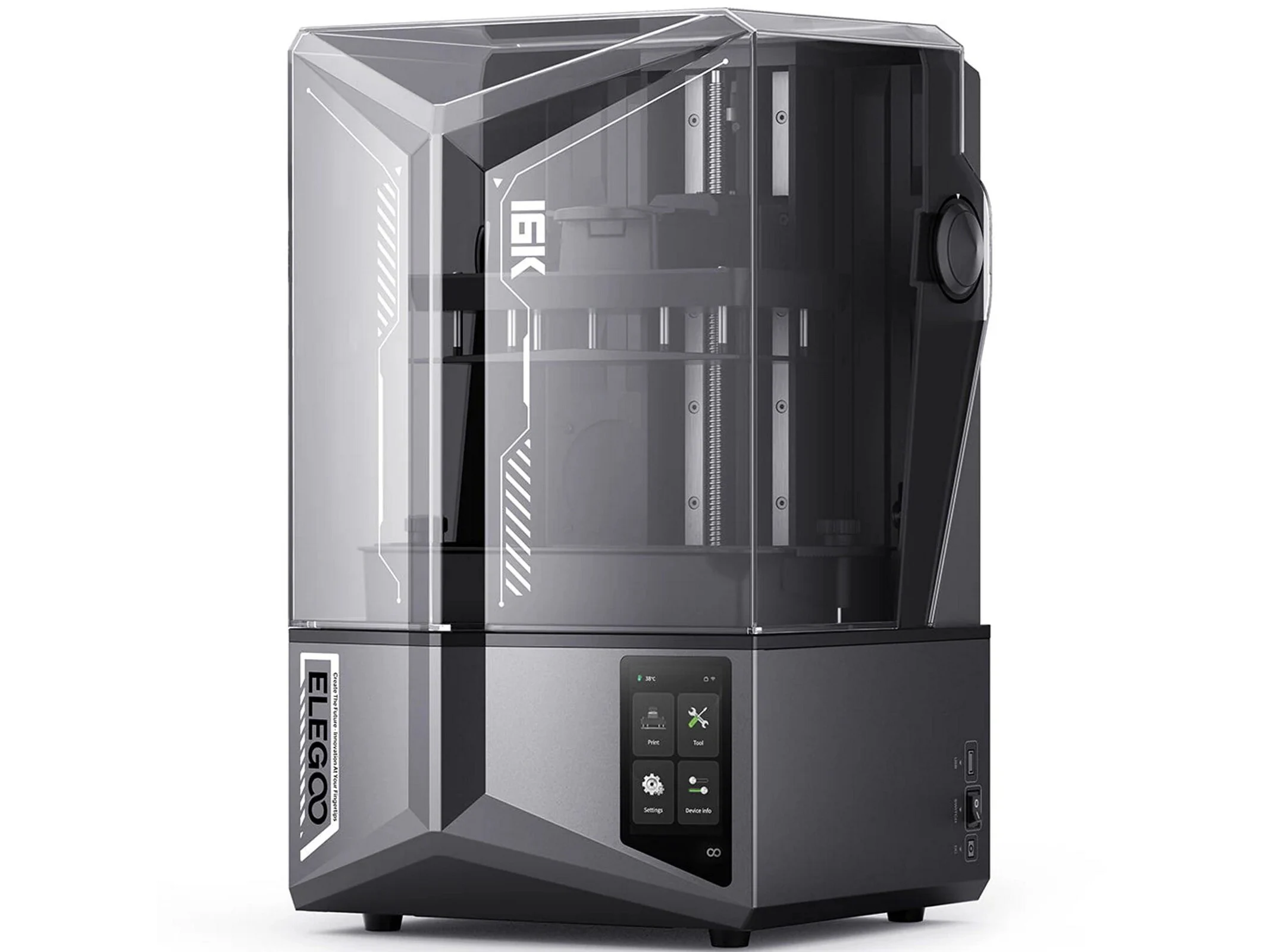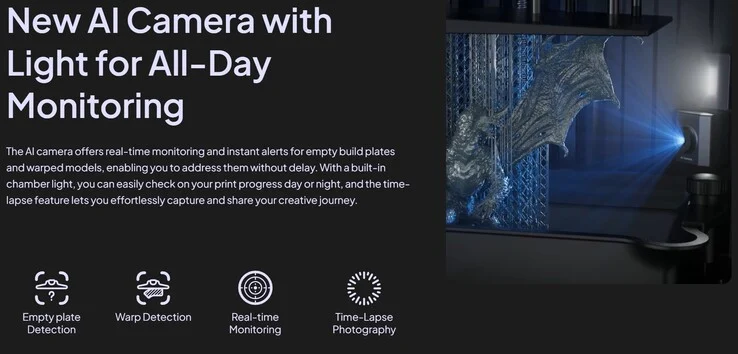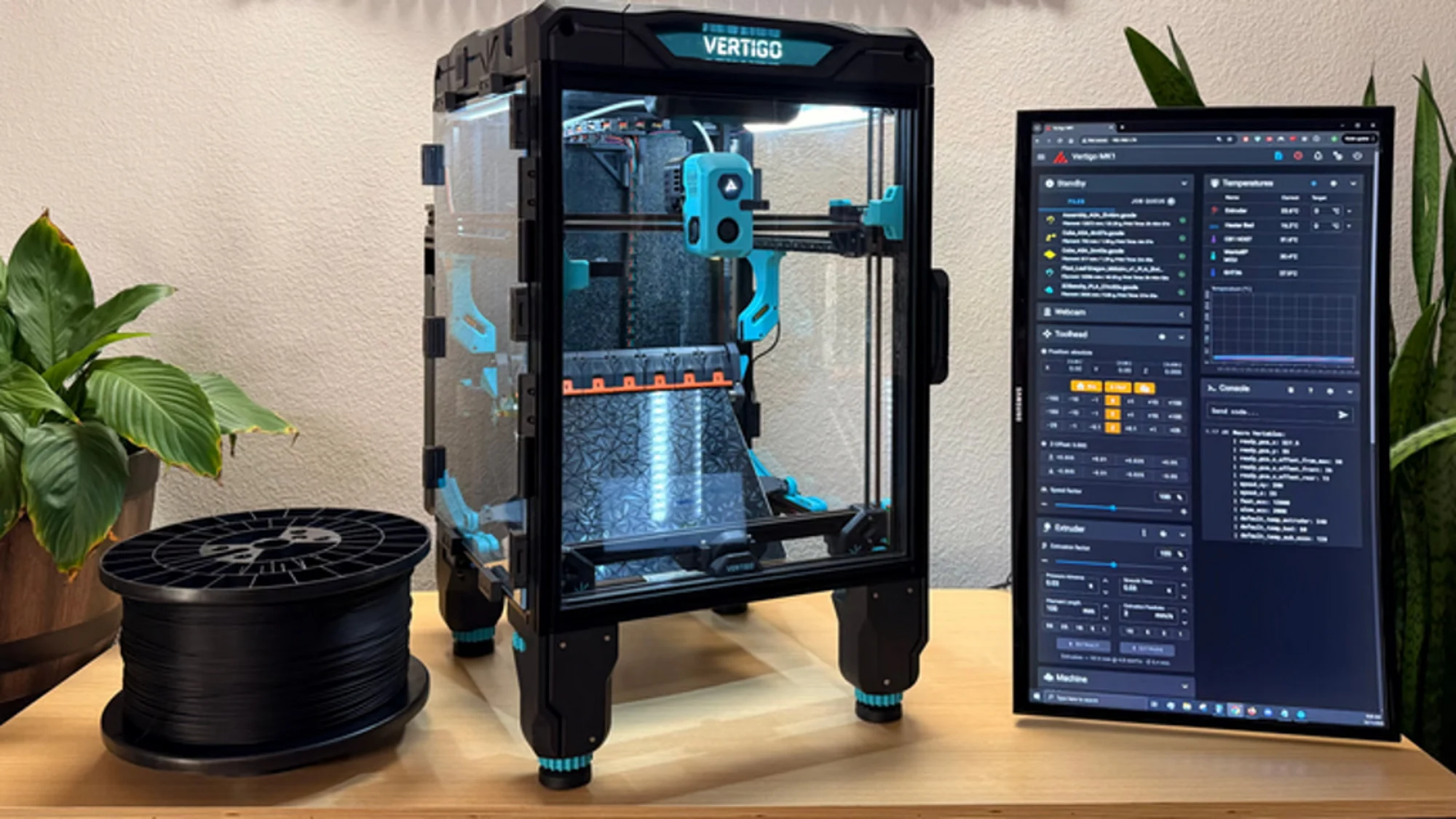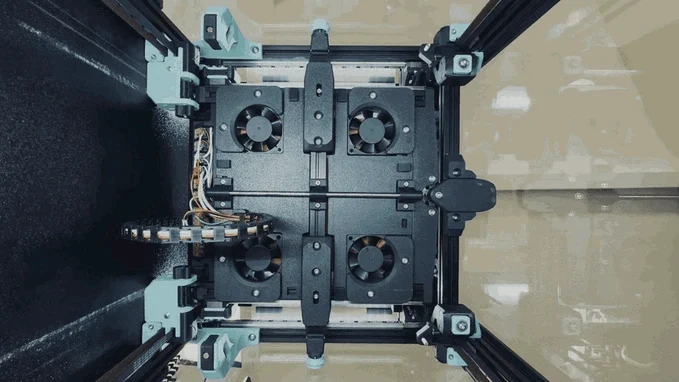Key Takeaways
1. The eufyMake UV Printer E1 is now available for pre-order with a $50 deposit, priced at $1,499 for the standard package.
2. The Kickstarter campaign launches on April 29th, offering early bird pledges for $1,699, with a typical retail price anticipated at $1,899.
3. The printer features Amass3D technology for 3D prints up to 5mm high and can print on various surfaces like wood, metal, and leather.
4. Included accessories are UV ink, cleaning cartridges, a rotary printing attachment, and a UV DTF laminating machine for sticker creation.
5. Mass production begins in April, with shipments to the US, UK, and Netherlands starting after the Kickstarter campaign ends.
More information about the eufyMake UV Printer E1 launch has been shared. This device, designed for 3D texture printing at home or in small businesses, was first introduced in early April.
Pre-Order Details
The Anker brand is now taking pre-order deposits for the UV Printer E1. Customers can secure a spot on the eufyMake website by paying a $50 deposit, which allows them to get the discounted price of $1,499 for the standard package. This package includes the eufyMake UV Printer E1 and a UV Ink Bundle that is valued at $299. EufyMake has mentioned that there are only a limited number of pre-order spots available. The Kickstarter campaign for the UV Printer E1 is set to kick off on April 29th. During this campaign, a select group of backers will have the chance to make an early bird pledge of $1,699 for the standard package. Typically, the pledge for this item is anticipated to be $1,899.
Features and Specifications
The eufyMake UV Printer E1 is a handy tool that empowers users to print vibrant, textured designs on various surfaces, including wood, metal, and leather. With the help of Amass3D technology, it can achieve 3D print finishes that reach up to 5mm (~0.2 inches) high. Included accessories are UV ink and cartridges for cleaning the printer, a rotary printing attachment for adding textures to conical or cylindrical items like mugs, and a UV DTF laminating machine for sticker creation. The company claims that this model is quite compact, being roughly 90% smaller than other UV printers on the market.
Production Timeline
Though eufyMake has not officially confirmed the product’s suggested retail price, it hints that the top discount could save customers $800. The mass production of the eufyMake UV Printer E1 is expected to start in April, and shipments to countries such as the US, the UK, and the Netherlands will begin once the Kickstarter campaign wraps up.
Source:
Link
